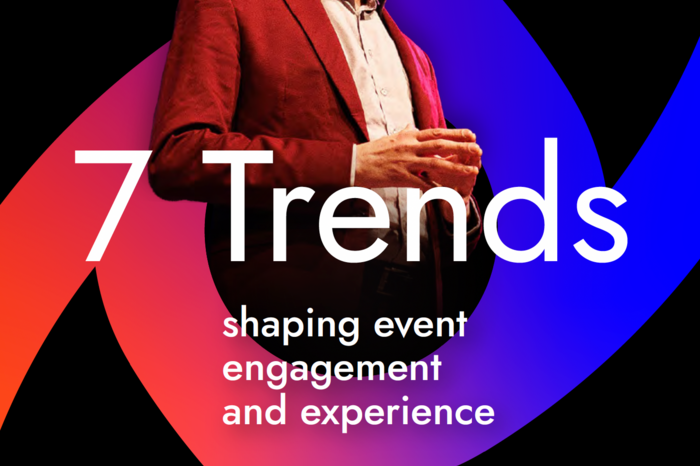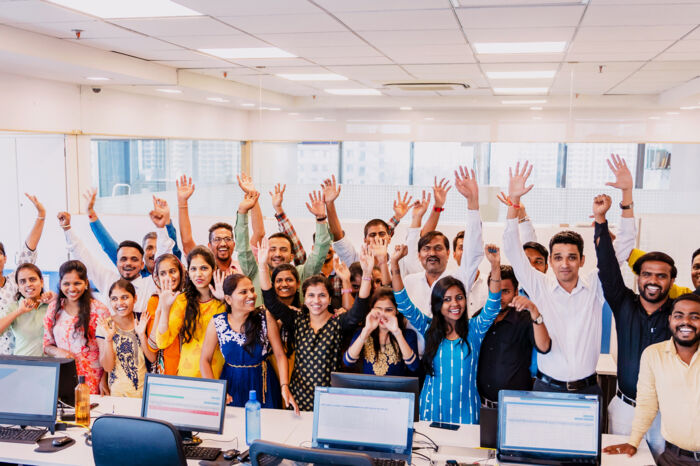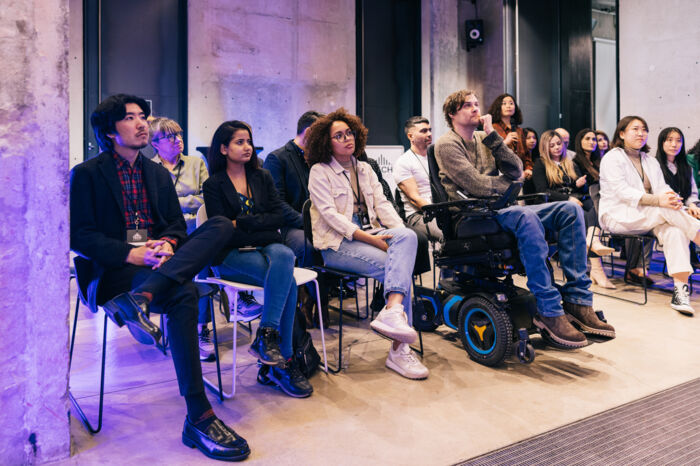
What do we mean by the connectivity gap and how big is it?
The gap is the distance between universal, meaningful online participation and lack of participation. It is not only access. It is a safe, satisfying, enriching, productive and affordable experience. The coverage gap is people outside mobile broadband networks. The usage gap is people covered who are not online. At the end of 2023, 3.1 billion people were in the usage gap. (GSMA)
Why it matters: Programmes that focus only on infrastructure underperform if they ignore devices, affordability, skills, safety and relevance.
How do AI and tech platforms extend participation across borders?
At MCI, we apply AI as a strategic enabler across events, communications and brand experience. We embed Microsoft 365 Copilot in daily workflows to reduce repetitive tasks, improve reporting and raise the quality of personalisation across global teams. In 2025 we are scaling Copilot to 1,600 users and expanding co-creation with Copilot Studio and Azure OpenAI Service.
We deliver this expertise in leveraging technology to our clients, improving their reach and engagement with their audiences.
MCI has developed proprietary technology that reduces friction for participants and organisers, as well as personalising attendees journeys at events. These platforms include OneSystem Plus with Jade AI, which automates registration, housing and customer service, provides round-the-clock multilingual support and supplies real time insights that improve decision making.
AI dashboards surface predictive patterns during delivery so teams can adjust formats while programmes are live, and SwitchAI (an AI-powered Learning Management System (LMS) by SanaLabs) turns conference content into AI-curated learning paths, keeping knowledge accessible long after an event.
We are also able to create bespoke platforms for our clients as required. For example, when travel difficulties, time zones or bandwidth limit attendance, digital venues can widen access. One of the mci group agencies, Dorier, created Digiplace, a 3D environment for the European Respiratory Society that welcomed more than 3,600 participants from over 130 countries.
Why it matters: Inclusive, AI supported formats make participation and personalisation easier across languages, time zones and bandwidths and extend the life of knowledge.
How do creativity and strategic expertise accelerate adoption and visibility?
Creativity is purposeful when rooted in strategy. Our teams combine design thinking, creative consulting and AI tools to move from insight to execution at pace. This combination does more than produce memorable events; it helps bridge the connectivity gap by translating abstract technology into practical, engaging experiences that people can adopt and trust. To achieve this, we convene and build ecosystems that speed standards and adoption, and help our clients grow the brands, audiences and loyalty.
Some examples:
MCI has helped 5GAA unite more than 120 global companies from the automotive, technology and telecommunications industries (ICT) around connected mobility, and established a central voice for the sector.
We also build platforms that connect innovators, policy makers and media. CES Unveiled Amsterdam convened nearly 1,000 attendees and more than 80 exhibitors, across two venues, raising visibility and cross sector collaboration in the European tech ecosystem.
At project level, AI enabled logistics and data raise performance. For the Maui Invitational, OneSystem Plus delivered faster setup, real time reporting and customisable logistics that cut lead times from months to weeks and lifted engagement.
Why it matters: When the right stakeholders connect around a shared mission and teams can prove value in flight, adoption accelerates.

How do we protect people and data while we scale inclusion?
Trust is a precondition for progress. By embedding governance into every layer of our work, we ensure that digital inclusion does not come at the cost of safety or privacy, an essential factor in turning connectivity into meaningful participation.
Our AI approach is built within the framework of ISO 27001 and 27701 certifications, and in 2024 we achieved an outstanding CyberVadis cybersecurity assessment with a score of 923 out of 1,000, cybersecurity assessment, placing mci group among the best in the industry for data protection and risk management.
Our clients have the assurance that our AI Governance Committee supervises adoption and risk management across ethics, privacy and security. We are currently reviewing our processes for compliance with the EU AI Act. We validate creative AI tools through our Data Privacy and IT Security Committee before use in design and content production.
Why it matters: Audited standards and clear roles allow our clients in regulated sectors to scale digital engagement with confidence.
Together, we can bridge the connectivity gap, turning access into adoption and networks into communities. Contact MCI to design an inclusive programme that extends participation and learning across borders.
Read the full mci group Annual Report here.

Mini FAQ
Q1. What is the fastest way to reduce the usage gap for an event audience?
Remove barriers before and during delivery. Offer multilingual support, low friction registration, clear value and learning that persists after the live moment. Expect higher uptake within a quarter when these elements are combined.
Q2. Where does AI make the biggest difference across borders?
Personalisation, service automation and real time measurement. Copilot accelerates content and reporting. Jade AI and predictive dashboards guide decisions while programmes are live.
Q3. Do digital venues replace in person gatherings?
They complement them. A 3D venue increases reach when travel and time zones are a barrier and keeps learning open beyond the event.
Q4. How do coalitions change outcomes in connectivity linked sectors?
They align industry voice, policy and investment around shared roadmaps. The 5GAA example shows how collective action turns promising ideas into standards that scale.
Glossary
Universal connectivity – Connectivity for all people. Often used in infrastructure planning. ITU
Meaningful connectivity – A level of connectivity that enables a safe, satisfying, enriching, productive and affordable online experience. Often used when assessing quality of access. ITU
Coverage gap – People who live outside areas served by mobile broadband. Often used in network expansion. GSMA
Usage gap – People covered by mobile broadband who do not use mobile internet. Often linked to device costs, skills, safety and relevance. GSMA
Responsible AI governance – Policies, roles and controls that guide safe, ethical use of AI in delivery. Often formalised through an internal committee. mci group
Sources
- mci group. The Report 2024: Performance section and Client Success Stories, data current to 2024. mci group
- ITU. Universal and Meaningful Connectivity Targets 2030: Background paper, 2022-04. ITU
- GSMA. The State of Mobile Internet Connectivity: Key Findings 2024, 2024-10. GSMA
Author
Katerina Tolmacheva, Group Marketing Director, mci group
Katerina is passionate about innovation, data-driven insights and cross-functional collaboration. As Marketing Director of mci group, she leads our strategic marketing, brand governance and lead generation to drive business growth, optimise marketing performance and elevate brand impact globally.




